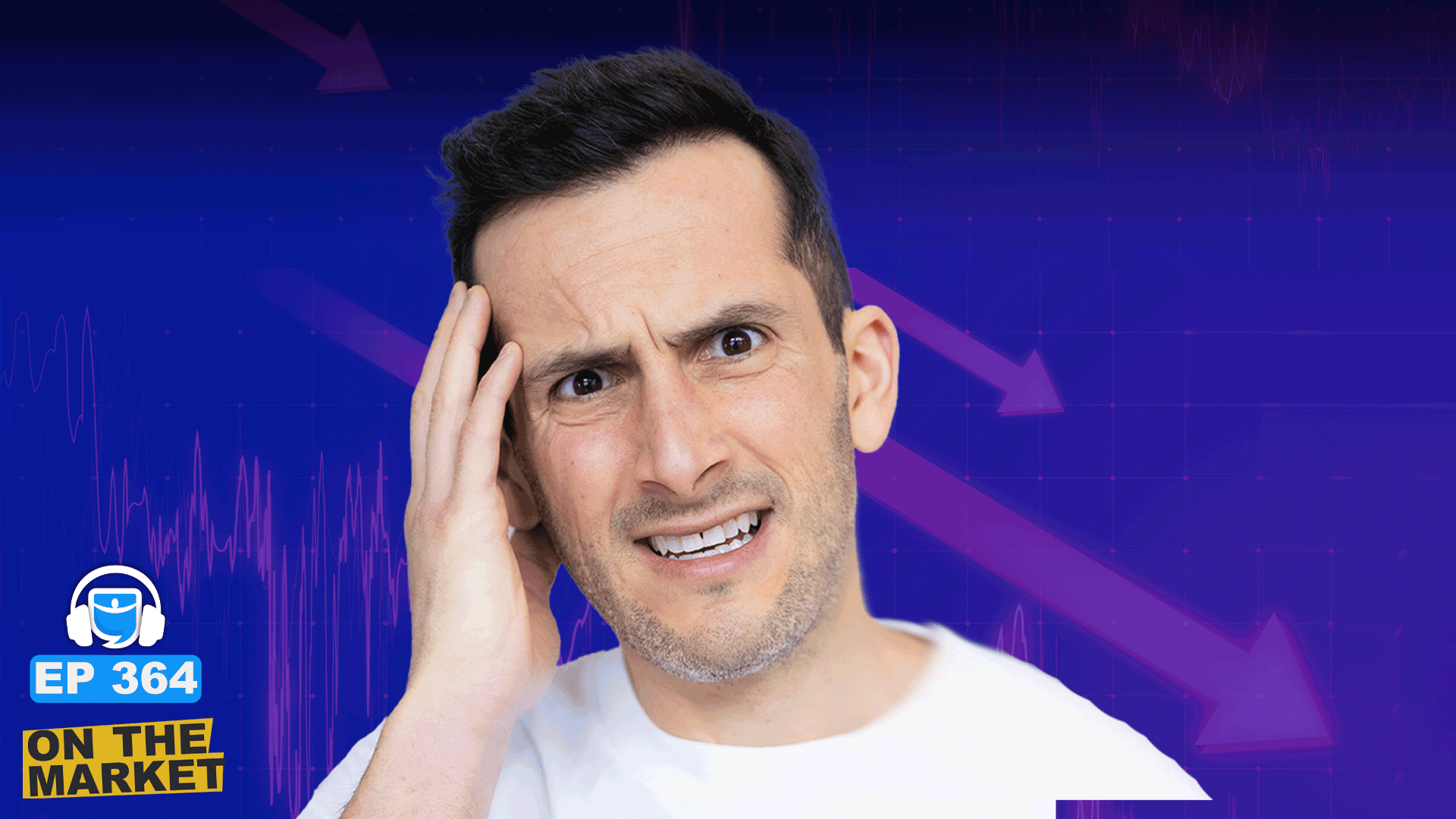Debt has a way of closing in. It creeps into your life quietly, then takes over your daily thoughts. Credit cards make themselves look harmless until you notice the interest charges that never seem to shrink. Payday loans masquerade as quick solutions but leave scars. Even personal loans, with their neat monthly payments, can start to feel like chains when stacked together.
The truth is, high-interest debt pushes hard. It pushes against your savings, your sense of stability, and your long-term plans. It makes you feel like every paycheck is already spent before it lands in your account. But here’s the overlooked counterbalance: the equity in your home. While debt shouts at you in the form of bills and minimum payments, equity sits quietly in the background, waiting to pull you out.
This is where second mortgages come into play. They are not glamorous. They don’t make splashy headlines. But they are one of the most practical financial strategies available to homeowners who feel like they are being crushed under the weight of high-interest borrowing.
Photo credit
The Anatomy of High-Interest Debt
Before diving into solutions, it’s worth spelling out why high-interest debt is such a trap.
Credit cards: Average rates in Canada hover around 19 to 22 percent. Carrying a balance of $20,000 can cost you $4,000 or more in interest per year if you only make minimum payments.
Personal loans: Easier to access than ever, but the rates vary widely, and for those with shaky credit, they climb fast.
Lines of credit: Flexible, yes, but often used without a repayment strategy. Interest accumulates faster than people expect.
High-interest debt isn’t just a math problem. It’s a psychological one. Every month, you feel the weight of numbers that never shrink, even as you work harder. That’s the push. It convinces you that you are stuck.
Understanding Equity
Equity is deceptively simple. It is the difference between your home’s market value and what you owe on your mortgage. If your house is worth $800,000 and your mortgage balance is $500,000, you have $300,000 in equity. That number doesn’t show up in your bank account, but it’s wealth you control.
A second mortgage allows you to borrow against that equity, usually at far lower rates than unsecured debt. Instead of paying 20 percent on a credit card, you might pay 7 or 8 percent on a second mortgage. The difference is transformative.
This is the pull. Equity doesn’t just sit there. It can pull you out of debt’s push by restructuring what you owe into something manageable.
The Family with Endless Minimum Payments
Take a couple in Toronto carrying $45,000 in combined credit card balances. Every month they scrape together $1,200 to cover minimum payments. Out of that, nearly $900 goes straight to interest. The balance barely moves.
When they secure a second mortgage against their home, the debt consolidates into a single loan with a much lower interest rate. Suddenly, their $1,200 payment actually reduces the principal. Within five years, the debt is gone. Without the second mortgage, that same debt could have stretched across decades.
Why Debt Consolidation Works Through Equity
Consolidation isn’t about escaping debt. It’s about restructuring it so that the money you pay each month actually makes a dent. Here’s why second mortgages make sense for consolidation:
Lower interest rates. You trade high-interest obligations for a lower one.
Single payment simplicity. Instead of juggling multiple due dates, you have one clear obligation.
Predictable payoff. Fixed terms create a timeline for being debt-free.
The pull of equity is not about erasing your mistakes. It’s about giving you a system that works in your favor.
The Emotional Shift
Debt is more than financial. It is emotional labor. The stress shows up in sleepless nights, in arguments about money, in the gnawing feeling that you’re behind no matter what you do.
When people turn to second mortgages, the immediate relief often comes less from numbers and more from that shift in energy. Suddenly, the panic of juggling bills gives way to a strategy with structure. Instead of reacting, you are planning. Instead of being pushed, you are pulling back.
The Solo Homeowner
Consider a single homeowner with $20,000 in credit card debt and another $15,000 in personal loans. She earns a steady income but feels stuck because interest consumes a third of her monthly budget. She secures a second mortgage, rolling all her debts into one payment that saves her $600 a month.
That $600 is no small thing. It becomes breathing room. It allows her to save for emergencies, plan for vacations, even think about retirement again. Her debt is not gone overnight, but it is manageable. The second mortgage pulled her out of survival mode.
The Risks of Second Mortgages
It would be irresponsible to pretend this is a silver bullet. A second mortgage comes with serious responsibility.
Your home is collateral. Fail to pay, and you put it at risk.
If property values fall, your equity could shrink, leaving less cushion.
It requires discipline. Using a second mortgage to wipe out credit cards, only to rack them up again, creates a deeper hole.
The solution only works if you treat it like a strategy, not a bailout.
Why Homeowners Are Considering It Now
The timing matters. Inflation has tightened household budgets. Groceries cost more. Gas prices spike unpredictably. Interest rates on credit cards have climbed. At the same time, many Canadian homeowners are sitting on record levels of equity thanks to rising property values over the past decade.
It’s a strange paradox. Families feel poorer at the cash register while technically holding more wealth inside their homes. That’s why second mortgages are becoming part of the conversation. They bridge the gap between hidden wealth and everyday survival.
Protecting Savings
High-interest debt doesn’t just eat into your monthly budget. It drains your long-term stability. Every dollar funneled into interest is a dollar you can’t put into savings, investments, or retirement. Over years, the cost is enormous.
By restructuring through a second mortgage, you redirect funds. Instead of feeding the credit card companies, you protect your savings and future. That’s not just a financial win. It’s an act of self-preservation.
The Multigenerational Household
A family of five shares a home. The parents carry $60,000 in unsecured debt, while their adult children contribute to expenses but can’t keep up with rising costs. The pressure is immense.
A second mortgage consolidates the debt, reducing total payments by nearly $1,000 a month. The savings allow them to create a shared emergency fund, reduce financial arguments, and stabilize the household. The pull of equity doesn’t just save money. It saves relationships.
How to Know If a Second Mortgage Is Right for You
This isn’t a decision to make lightly. The best candidates for second mortgages typically:
Have built significant home equity
Are struggling with high-interest debt that feels unmanageable
Want to consolidate into one structured payment
Have the discipline to avoid repeating old spending habits
If this describes your situation, exploring the option is worth your time. You can find a mortgage broker through 360Lending to discuss your options, compare rates, and understand what a second mortgage could look like for you.
Letting the House Work for You
Debt pushes. It pushes hard. But your home, the very thing you’ve been paying into for years, has the power to pull you back. That’s the quiet truth of second mortgages. They don’t erase the past. They don’t promise a shortcut. But they give you leverage, stability, and the chance to protect what you’ve worked for.
High-interest debt thrives on chaos. Equity thrives on patience. When you finally let them meet, the balance shifts. Suddenly, you’re not just keeping up. You’re pulling ahead.


























